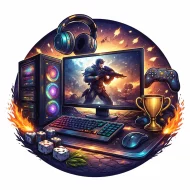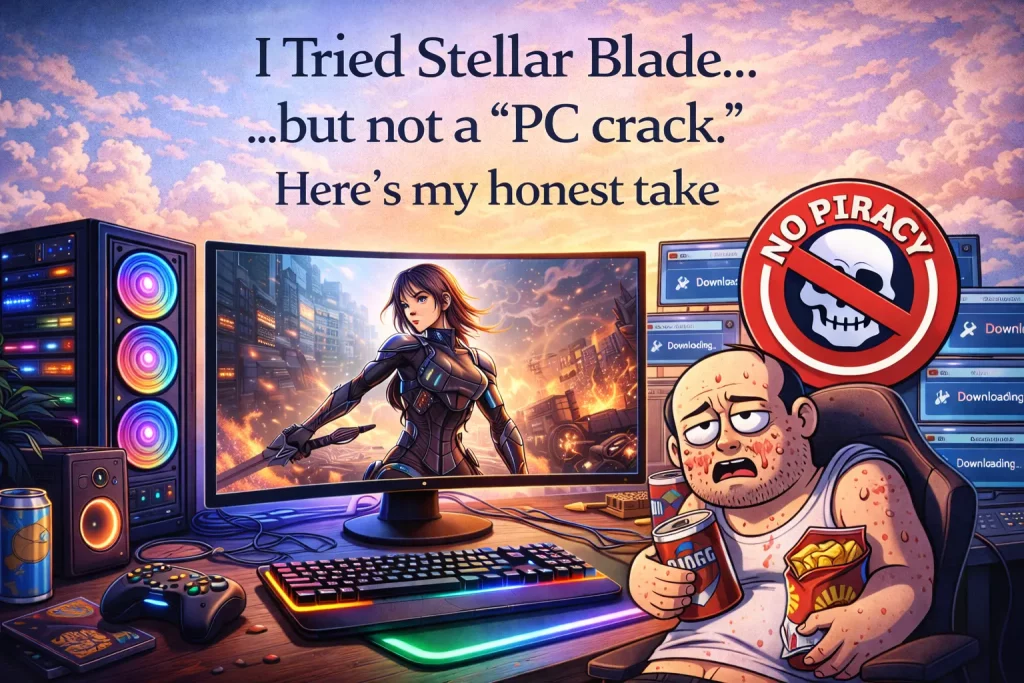
- How I got Clue on PC for free (Steam free weekend)
- The download and setup on my Windows laptop
- First game night: solo vs AI and then online with family
- What works great
- What bugged me a bit
- Tips if you want a free try without sketchy sites
- Final call: who should play it
- Need the CliffsNotes version? Check this quick outline of the download steps for a speedy checklist.
Clue on PC: My Free Download Weekend Was Worth It
I’m Kayla, and I actually played this on my own laptop. I grabbed Clue (called Cluedo in some places) during a Steam free weekend. No money. No weird sites. Just Steam. The official Steam page for the game is available right here if you want to wishlist it or scope out the trailers. You know what? It felt like a cozy throwback to the board game nights I grew up with, but with slick art and smooth play.
How I got it for free, fair and square
There wasn’t a demo when I checked. But Steam ran a free weekend. I saw it on the front page on a Friday, clicked Install, and boom. After that, I picked it up on sale because my family liked it. If there’s no free weekend when you look, you can still watch for one. Or use Steam’s short refund window to test it for a bit, if that fits you.
Quick note: I avoid “free download” sites. I like my laptop. I like my data. Enough said.
The download and setup
- Device: Lenovo Windows 11 laptop, Intel i5, 8 GB RAM, Intel Iris graphics
- File size for me: about 1.2 GB
- Download time: 4–5 minutes on my 200 Mbps home Wi-Fi
- First boot: 10 seconds to reach the main menu
It ran at 60 FPS at 1080p on my machine. Fans were quiet. No crashes. I did see one tiny visual glitch on a card flip, but it lasted a split second and never came back.
First game: practice makes sneaky
I started with solo play vs AI. I set Miss Scarlet because… drama. I like the classic board, with the Lounge, Study, and all that. The note sheet is digital, and it’s nice. You click to mark suspects and weapons. Way easier than a pencil. Also cleaner than my cousin’s sticky cards.
The AI has three levels. Easy was too gentle. Medium felt fair. Hard got spicy when it came to reading my moves. I accused wrong once because I got cocky. My fault. The game flashed a quick “Nope,” and I had to sit out the rest of that match. Just like the real board game. Little sting there.
Online with the family: fun with a hiccup
Saturday night, we ran a private lobby. Me, my brother in Chicago, my aunt in Dallas. We used Discord for voice since the game chat is only text. My ping stayed around 30–40 ms (that’s internet delay). No lag in rolls or moves. One round, my aunt’s Wi-Fi dipped, and the game paused for a moment, then synced back. Not bad.
Matchmaking with random players worked too, but one person rage-quit when I made a big guess. The game pulled in a bot, which kept flow, but it still breaks the mood a little.
The look and feel
The game is made by Marmalade Game Studio. The art is bright and clean. The rooms have tiny details—glow from lamps, dust in the light, soft shadows. Dice rolls snap with a crisp sound. Cards flip with a neat swoosh. It’s a bit flashy, but not too much. For a broader snapshot of critic sentiment, the game’s Metacritic page offers a neat summary of reviews.
Small gripe: the font can be tiny at 100% scale. I bumped UI scale to 120% in settings. Much better on my 14-inch screen.
What I liked
- Smooth online play in private lobbies
- Fast turns keep the pace brisk
- The note sheet is a lifesaver and feels smart
- Classic look, with modern polish
- Short matches: 20–30 minutes, so it fits a weeknight
What bugged me
- No built-in voice chat, so we used Discord
- Extra boards and themes cost more as DLC
- Random lobbies can have quitters
- Hard AI sometimes feels a bit “psychic,” then chill the next round
Real moments that sold me
- I won a game by watching who followed me to the Kitchen. I guessed Rope early because the AI got jumpy when I ticked that box. Gut call. Nailed it.
- My aunt said she never writes notes, but the digital sheet nudged her to start. She solved one before me by tracking the Conservatory. I was salty for like, five minutes.
- My brother tried a theme board he bought, and I felt a little FOMO. The look was fresh, but our group still liked the classic board most.
Want a free try? Here’s the safe path
For an extra layer of security tips, I skimmed a straightforward guide on TabletPCBuzz that breaks down how to spot legit download sources versus shady ones.
- Watch Steam for a free weekend. They pop up now and then.
- If you buy it to test, remember Steam has a short playtime refund window.
- Skip sketchy “free download” sites. Those can be bad news.
- If you share a home PC, Steam Family Sharing can help others try it on the same machine.
Feeling social in an entirely different way? Maybe you’ve wrapped up your digital whodunit and want to plan a real-world rendez-vous instead of another board-game night. In France, people call a no-strings-attached meet-up a “plan Q,” and there’s a handy primer on how to arrange one safely, respectfully, and with zero awkward guesswork over at Plan Q. The article breaks down best practices, consent basics, and the most reliable apps so you can decide if that kind of quick connection is for you.
If your travels or game-night rotations ever land you in California’s sun-splashed Coachella Valley, you might prefer something even more local and spontaneous. Browse the La Quinta personals at One Night Affair’s dedicated listings to see current, location-specific ads that cut through the clutter and help you arrange a low-pressure meet-up without endless searching.
Who it’s great for
- Families who want a clean, quick mystery game
- Friends who like logic puzzles but hate long rules
- People who enjoy classic Clue and want smooth online play
Who might pass
- Folks who want deep story or big action
- Players who dislike buying extra boards later
- People who need built-in voice chat
Verdict
I had a good time. I got in free first, and then I kept playing. It’s Clue, but tidy, fast, and social. If you spot a free weekend on Steam, grab it. Play one night with your crew. If it fits, keep it. If not, no harm done.
And hey, if you guess wrong like I did—shrug it off. Take a breath, check your notes, and come back with mustard-level confidence. Colonel Mustard, that is.

